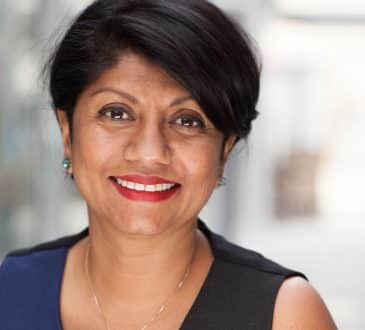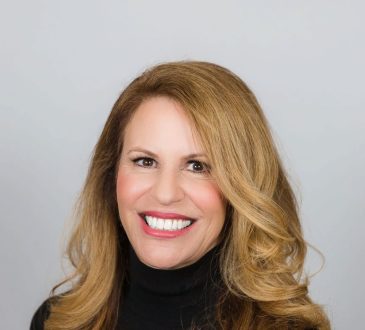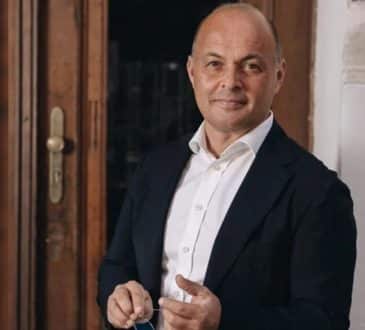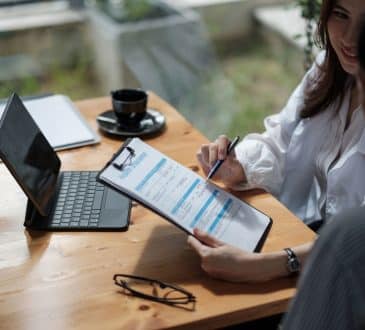People, not ideas, tools, money or time: The True Drivers of Innovation
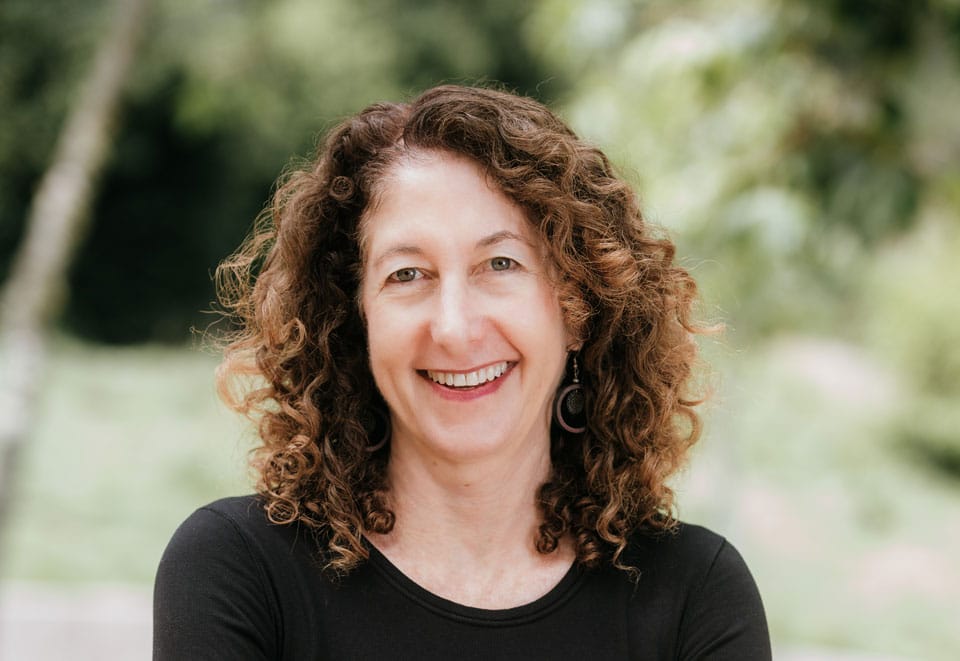
What Drives Innovation: People or Ideas?
Ed Catmull, co-founder of Pixar Animation Studios, often asked whether people or ideas are more important for innovation. Surprisingly, many choose ideas. In today’s AI-driven world, even more might lean that way. Yet, innovation is driven by the people who bring ideas to life, far more than by the ideas or tools themselves.
In our work with creative organizations across industries—film, technology, and design—one thing stands out: these companies consistently prioritize the human element. This focus is crucial, especially as many leaders now look to algorithms to boost creativity, productivity, and efficiency, hoping to innovate by reducing the workforce. However, while algorithms present opportunities, they are no substitute for the unique contributions of people.
Intuitively, we understand the vital role of humans in the creative process. Yet, business decisions often prioritize cost-cutting and efficiency over creativity, frequently at the expense of people. According to PwC’s 27th Annual Global CEO Survey, 25% of CEOs expect to reduce headcount by at least 5% in 2024 due to generative AI, reflecting a shift towards prioritizing automation over human talent.
AI is praised for enhancing creativity, productivity, and speed. It can generate ideas, automate tasks, and streamline processes, making it an attractive tool for businesses. But does AI truly drive innovation, or is it merely a tool that relies on human ingenuity?
Let’s be clear: while we advocate for the use of advanced technologies in business, our experience underscores the irreplaceable value of humans in the work environment.
People, Not Ideas, Drive Creativity
Research from Harvard Business School’s The Crowdless Future? Generative AI and Creative Problem Solving,’ underscores the importance of people in creativity. While AI generates ideas, the most successful solutions come from human collaboration. The study found that humans guiding AI through iterative processes yielded better outcomes than AI alone.
Steve Jobs and Ed Catmull understood this well, which is why they insisted that Pixar’s building have only one main entrance into an open atrium. They wanted people to engage in spontaneous interactions that would spark new ideas and improve collaboration. It’s not just ideas or tools that drive innovation—it’s the people behind them.
People, Not Money, Drive Innovation
AI is often celebrated for cost savings, but cutting costs doesn’t guarantee innovation. Take the early days of personal computing: IBM invested heavily in R&D, but Apple, with fewer resources, revolutionized the industry. As Steve Jobs once said, “Innovation has nothing to do with how many R&D dollars you have. It’s about the people you have and how you lead.”
Nike’s recent experience, as described by Massimo Giunco, a former senior brand director at Nike, further illustrates this point. In an attempt to be more data-driven, Nike replaced human-driven processes with algorithms. This shift caused the company to lose the emotional, physical and creative connection with consumers including the storytelling that Nike was known for. As a result, Nike’s market cap plummeted from $250 billion in 2020 to $124 billion by August 2024. Despite advanced technology and significant financial resources, Nike’s innovation faltered when the human element was diminished.
People, Not Time, Drive Creativity
We often think more time equals better results, and AI is praised for saving time. But time alone doesn’t guarantee creativity or quality. Consider Walt Disney’s legacy. Competitors assumed that longer production times would allow them to replicate Disney’s success. But what set Disney apart was the people and the creative environment he cultivated.
Disney encouraged his animators to refine their craft and take risks in storytelling, fostering innovation. AI may free up time, but it’s human insight, creativity, and the willingness to experiment that lead to breakthroughs.
Creativity thrives when people are allowed to explore, experiment, and deviate from the plan. When the Beatles stopped touring, they produced Sgt. Pepper’s Lonely Hearts Club Band, a groundbreaking album born from the freedom to innovate.
People, Not Tools, Drive Creativity
Research, including “The Originality of Machines: AI Takes the Torrance Test” from the University of Montana, shows that AI, such as OpenAI’s GPT-4, can demonstrate remarkable creativity —sometimes even outperforming humans in certain tasks. Rather than viewing AI as a threat, this is a call to leverage its potential and view it as a powerful complement to human creativity, not a replacement. It’s not a question of either-or, but of how the synergy between AI and human ingenuity can drive innovation further than either could alone.
AI can inspire new ideas and handle repetitive tasks, allowing humans to focus on deeper, more complex processes. The true value of AI lies in its synergy with human creativity. As John Lasseter, co-founder of Pixar, aptly noted, “Nobody comes to Pixar’s top animators and says, ‘Wow, what pencil did you use?’” The focus should be on the creativity enabled by tools, not the tools themselves.
While AI continues to improve in generating creative ideas and exploring patterns that humans might overlook, it’s human creativity, intuition, and bold risk-taking that often push the envelope in unexpected ways.AI excels at crunching numbers and forecasting trends, but it’s the people behind those numbers who dream up the next big thing, challenge the status quo, and push boundaries.
This balance becomes even more critical as we look to the future. According to the 2023 World Economic Forum report on the Future of Work, creative thinking is expected to be in the highest demand in the coming years. So, here are a couple actionable steps leaders can take to spur innovation using AI.:
- Innovation is people-powered.
Action: Create an open forum for idea-sharing, focusing on curiosity and strategic questioning. Encourage team members to develop their creative problem-solving skills and prompt AI with the right questions. This approach empowers employees to drive creativity, using AI as a tool, not a replacement. - AI complements, but doesn’t replace, human creativity.
Action: Position AI as a tool that amplifies human potential. AI can handle repetitive tasks and inspire new ideas, but it’s human collaboration and refinement that lead to groundbreaking solutions. Train your teams to effectively integrate AI into their workflows while keeping human insight at the forefront.
As AI advances, human creativity will be even more crucial, providing unique insights that machines cannot replicate. People will be the ones to operate and optimize AI tools, using them to enhance rather than replace human creativity. As author Joanna Maciejewska aptly put it, “I want AI to do my laundry and dishes so that I can do art and writing, not for AI to do my art and writing so that I can do my laundry and dishes.” Now, you should unlock your team’s creativity.
Written by Jamie Woolf and Nir Hindie.
Have you read?
Best Fashion Schools. Best Universities. Best Medical Schools. Best International High Schools. Countries: Most Female Billionaires.
Bring the best of the CEOWORLD magazine's global journalism to audiences in the United States and around the world. - Add CEOWORLD magazine to your Google News feed.
Follow CEOWORLD magazine headlines on: Google News, LinkedIn, Twitter, and Facebook.
Copyright 2025 The CEOWORLD magazine. All rights reserved. This material (and any extract from it) must not be copied, redistributed or placed on any website, without CEOWORLD magazine' prior written consent. For media queries, please contact: info@ceoworld.biz




